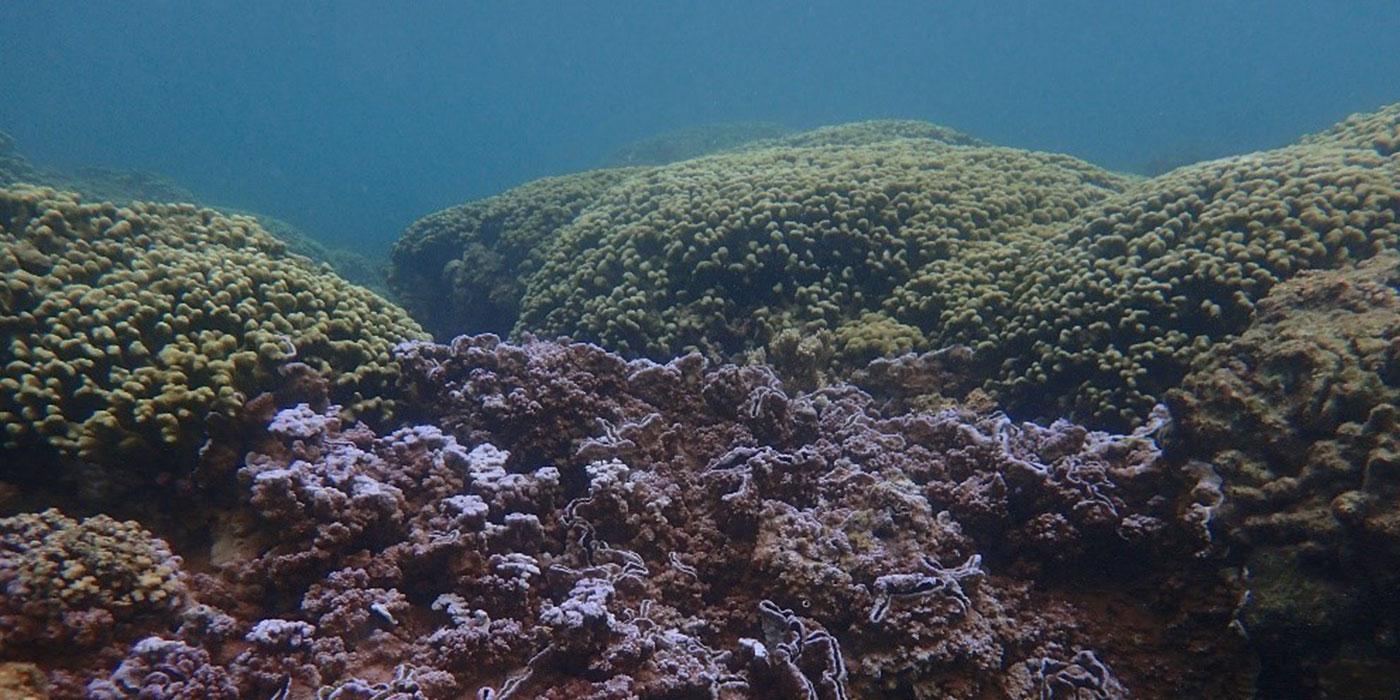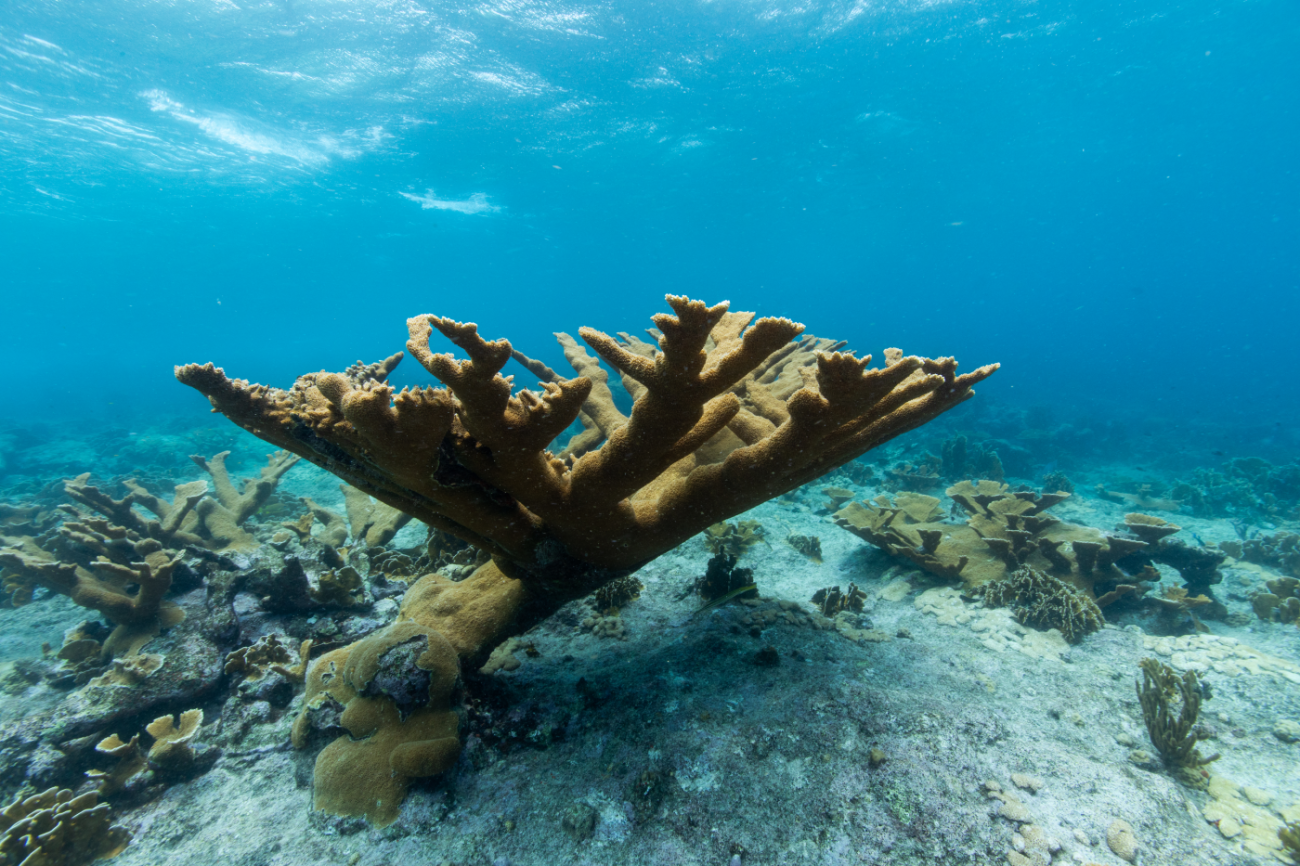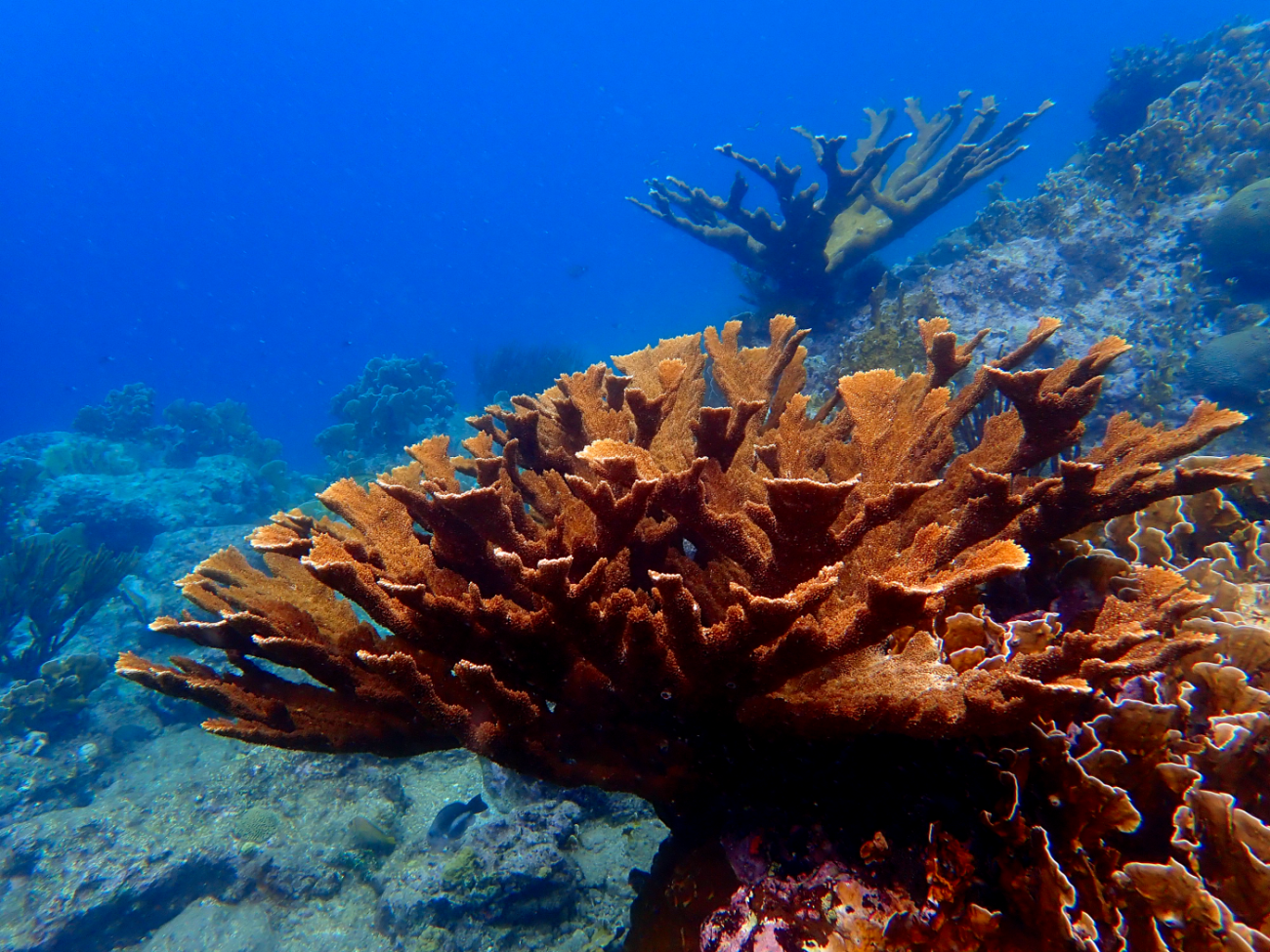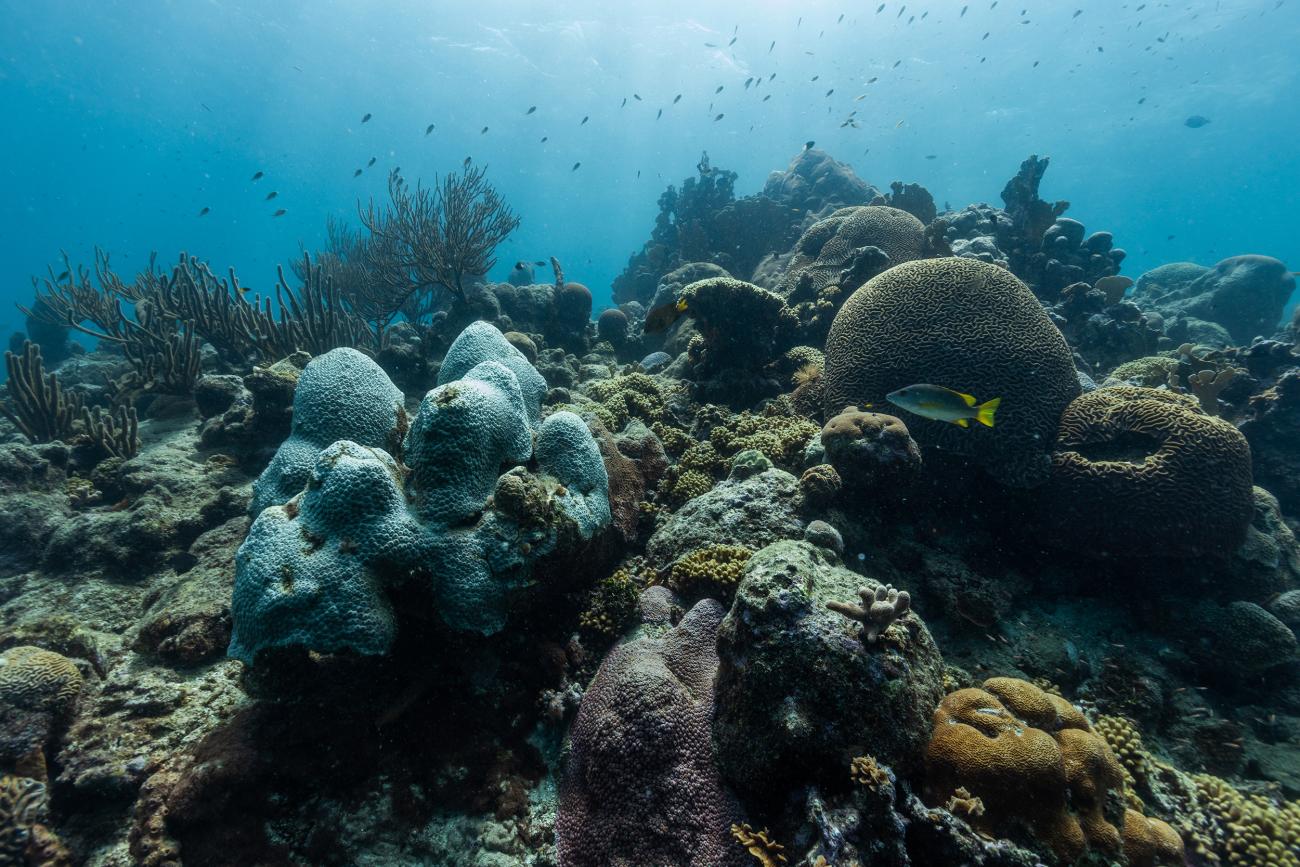Coral Cryopreservation Training Course
Welcome to the Smithsonian Conservation Biology Institute's training course on how to cryopreserve coral sperm. This virtual training workshop was put together to help professionals around the world cryopreserve the coral sperm from their own reefs. This is intended to be an introduction and a primer on how to get started.
Many professionals who have previous experience may find the training modules completely self-explanatory. However, others may need help. Please do not hesitate to contact either Mary Hagedorn, Ph.D, (hagedornm@si.edu) or Claire Lager (lagerc@si.edu) if you need additional assistance.
Before you begin the cryopreservation process, you must have the liquid nitrogen storage to maintain these important genetic resources. Therefore, make prior plans to have long-term storage in a cryo-repository to hold your cryopreserved coral samples. If properly stored, these samples can survive for tens of years.
Once you have successfully cryopreserved and thawed your samples, Hagedorn and her team would love to hear more about your samples and species of interest, so they can be added to the global list of cryopreserved coral. Best of luck!
Introduction
This module introduces coral sperm cryopreservation. The lessons include an overview of the online training and why sperm cryopreservation is needed for coral conservation. It also introduces the people behind the process and some basic concepts of cryobiology.
Planning Ahead
This module introduces some of the considerations that should be addressed before undertaking coral sperm cryopreservation. The lessons include an overview of the protocol, instructions on key equipment and reagents needed for the process, and an introduction to permitting requirements.
Sample Collection
This module introduces some of the complexities involved in collecting coral gametes for cryopreservation. The lessons include an overview of coral spawning and timing, instructions and tips for collecting coral gametes, and procedures for assessing sample quality.
Freezing Process
This module introduces the steps involved in coral sperm cryopreservation. The lessons include instructions on preparing samples, as well as freezing, thawing, and assessing sample quality after cryopreservation.














